A survey on biosecurity and management practices in cattle farms (Belgian cattle)
Introduction to the Survey Purpose of the Study Overview of Participating Farms Biosecurity Practices Observed Animal Movement and Quarantine Protocols Visitor and Equipment Hygiene Challenges in Implementing Biosecurity Role of Veterinarians and Authorities Key Risk Factors Identified Recommendations for Improvement Conclusion and Future Outlook References and Further Reading

Highlights
- •Biosecurity measures are poorly implemented in Belgian cattle farms.
- •There is a discrepancy between the presence and use of basic biosecurity measures.
- •Belgian cattle farms very often are entered by professional visitors.
Abstract
The shift from cure towards prevention in veterinary medicine involves the implementation of biosecurity, which includes all measures preventing pathogens from entering a herd and reducing the spread of pathogens within a herd. In Belgium no studies have considered the implementation of biosecurity measures in the daily management of cattle farms. Therefore the aim of the study was to map the current application of biosecurity measures in Belgian cattle farms in the prevention of disease transmission within and between farms.
Between March 2011 and April 2013 the data were collected as part of a larger cross-sectional study, conducted to identify risk factors for reinfection with BVDV in cattle herds assumed free from BVDV. Questionnaire data from 33 dairy farms, 16 beef farms and 25 mixed (dairy and beef cattle) farms were analyzed using a combination of a linear scoring system, a categorical principal component analysis and a two-step cluster analysis to differentiate these farms based on their biosecurity levels and visit frequencies.
Further enhancement of preventive measures considering external and internal biosecurity was still possible for each farm, as none of the farms obtained an overall high biosecurity level. Three groups of cattle farms were differentiated with a biosecurity level varying from low to high-medium, of which the group with the lowest biosecurity level mainly consisted of mixed farms. Animal-to-animal contacts with cattle from other herds were frequently possible as only 12% of the farmers purchasing cattle quarantined purchased animals at least three weeks and contacts over fences on pasture were possible in 70% of the herds. Basic biosecurity measures such as farm-specific protective clothing and boots were present in the majority of the farms, but they were insufficiently or incorrectly used. Cattle farms were very often visited by professional visitors of which the herd veterinarian, the AI technician and the cattle salesman most frequently entered the farm.
It can be concluded that few biosecurity measures were undertaken by Belgian cattle farmers, thereby exposing themselves to the risk of disease transmission within and between farms. Especially in regions with a high cattle density, small distances to neighbouring farms and high frequencies of professional visits, a farm-specific preventive strategy should be developed, thereby using the facilities often already present on the farm.
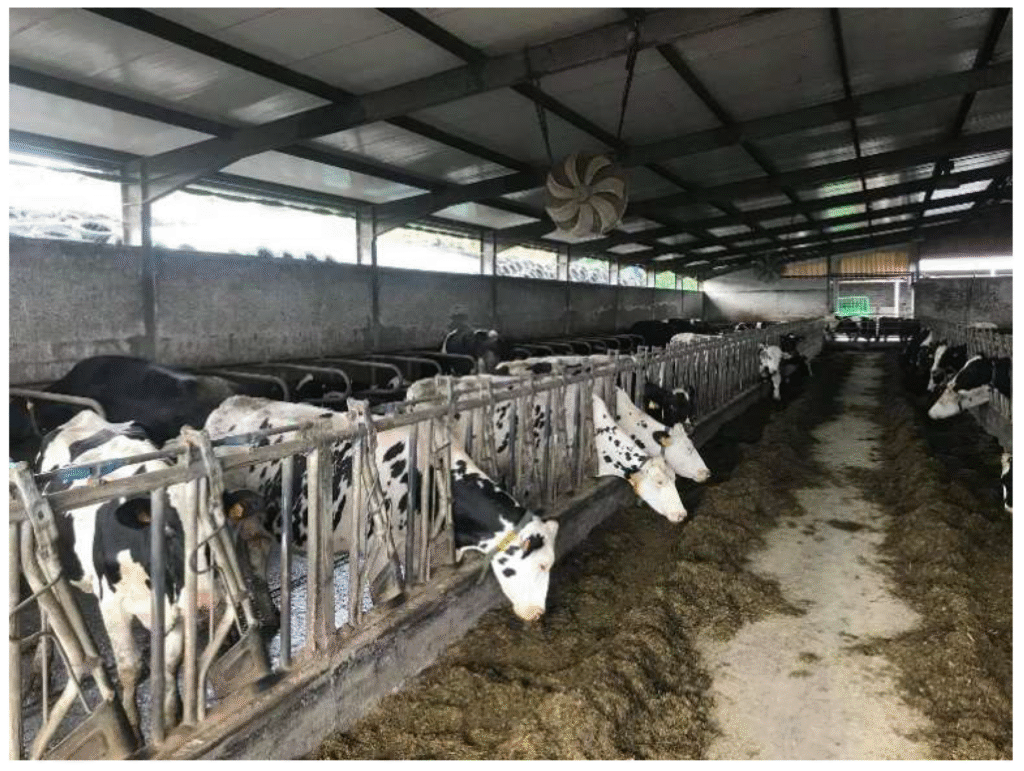
Introduction
In modern veterinary medicine, disease prevention at herd level has become increasingly important in replacing individual animal medicine. This shift from treating individuals towards prevention involves the implementation of biosecurity, which includes all measures preventing pathogens from entering a herd (i.e. external biosecurity) and reducing the spread of pathogens within a herd (i.e. internal biosecurity or bio containment). The implementation of biosecurity measures reduces disease spread and is therefore part of the measures frequently proposed in the control of several infectious diseases. Although bio security is usually associated with collective action for disease control in case of large epidemic outbreaks such as foot-and-mouth disease and bovine spongiform encephalopathy (Heffernan et al., 2008), it is also a crucial element in the control of endemic diseases. For the control of bovine viral diarrhoea virus (BVDV) at herd level, the implementation of biosecurity is even considered as the most essential pillar (Lindberg and Houe, 2005). Also for the control of neonatal diarrhoea (Barrington et al., 2002) and respiratory disorder biosecurity measures are seen as indispensable preventive measures.
Expected consequences of the reduced disease spread and thus indirectly from applying biosecurity measures are improved production characteristics and thus greater profits, better animal welfare, improved immune responses to vaccines and enhanced job satisfaction for farmers (Brennan and Christley, 2012). Recently it was shown in pig production that a higher biosecurity status is linked with a reduction in antimicrobial usage.
Although the importance and usefulness of biosecurity is elaborately described, studies demonstrated that most cattle farmers do not implement adequate biosecurity measures (Nöremark et al., 2010, Negron et al., 2011, Brennan and Christley, 2012, Sayers et al., 2013). In Belgium, an important cattle and milk producing country in Europe and a very densely populated livestock area, the application of biosecurity measures in pig and poultry herds has already been studied (Ribbens et al., 2008, Van Steenwinkel et al., 2011). However, for Belgian cattle farms no similar studies have been conducted yet (literature search with keywords ‘biosecurity’ – ‘cattle’ – ‘Belgium’). In order to optimize the use of biosecurity as preventive tool, it is important to understand first if and how such preventive measures are being used (Brennan and Christley, 2012). Therefore the aim of this study was to map the current application of biosecurity measures in cattle farms in the prevention of disease transmission within and between farms.
Selection of the farms
In Belgium 2,441,319 domestic bovine animals were registered in the animal identification and registration system (SANITEL) in November 2013 (NIS, 2013). This resulted in an average population density at municipality level of 80.0 animals/km2.
The target population for this study comprised all farms with cattle in Belgium. The data were collected as part of a larger cross-sectional study, conducted to identify risk factors for reinfection with BVDV in cattle herds assumed free from BVDV.

Response
A total of 38 veterinary practices responded. Three of them were from the Netherlands and therefore not included in the study. Six veterinary practices had no farms fulfilling the inclusion criteria after further explanation of the study goals. After receiving further information, another four veterinarians preferred not to participate because of lack of time or compensation. For one veterinarian, willing to participate and having several farms fulfilling the inclusion criteria, it was not
Discussion
This paper describes the results of a survey on biosecurity and management practices in selected Belgian cattle farms. This is the first Belgian study concerning cattle as other studies described the application of biosecurity measures in pig and poultry farms. The present study also gives an overview of the frequency of professional visitors entering cattle farms.
Conclusions
A sample of selected cattle farms with a history of BVDV and assumed BVDV-free at the moment of participation was used to map the implementation of biosecurity measures in the daily management practices of Belgian cattle farms. Although we may in this way have selected for farms with better management practices, a low internal and external biosecurity level was observed.
Summary
A detailed survey conducted between March 2011 and April 2013 investigated the biosecurity and management practices across 74 Belgian cattle farms, including dairy, beef, and mixed-production operations. The main objective was to assess the implementation of disease prevention measures and identify risk factors that could contribute to disease transmission. The results showed that none of the farms achieved a high biosecurity level, and they were categorized into three main groups ranging from low to medium biosecurity scores. Mixed cattle farms were generally found to have the lowest biosecurity levels among the groups. A significant concern highlighted was the limited implementation of quarantine protocols—only 12% of farmers quarantined newly purchased animals for at least three weeks, despite this being a fundamental measure to prevent the introduction of pathogens. Furthermore, over 70% of farms allowed cattle to have direct contact with other herds across pasture fences, which further increased the risk of disease spread.
While some basic biosecurity measures such as farm-specific protective clothing and boots were available, they were not consistently or correctly used. The study also noted frequent visits from professionals such as veterinarians, artificial insemination technicians, and livestock traders. These visitors, while essential for farm operations, could act as vectors for disease if biosecurity protocols were not strictly followed. Farmers reported several obstacles to implementing more robust biosecurity measures, including the perceived lack of effectiveness, high financial costs, and difficulties integrating the measures into daily routines. Additionally, farmers expressed frustration with receiving inconsistent or unclear information from regulatory bodies and varying advice from veterinarians, which created confusion and reduced their motivation to adopt stricter measures.
improving biosecurity on Belgian cattle farms requires tailored, farm-specific strategies that account for existing infrastructure and practical constraints. Education and consistent communication from veterinarians and governmental agencies are essential to enhance awareness and compliance. Strengthening these aspects could significantly reduce the risk of infectious disease outbreaks and improve overall herd health and productivity.
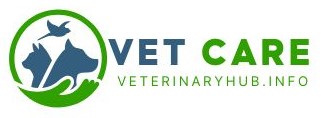

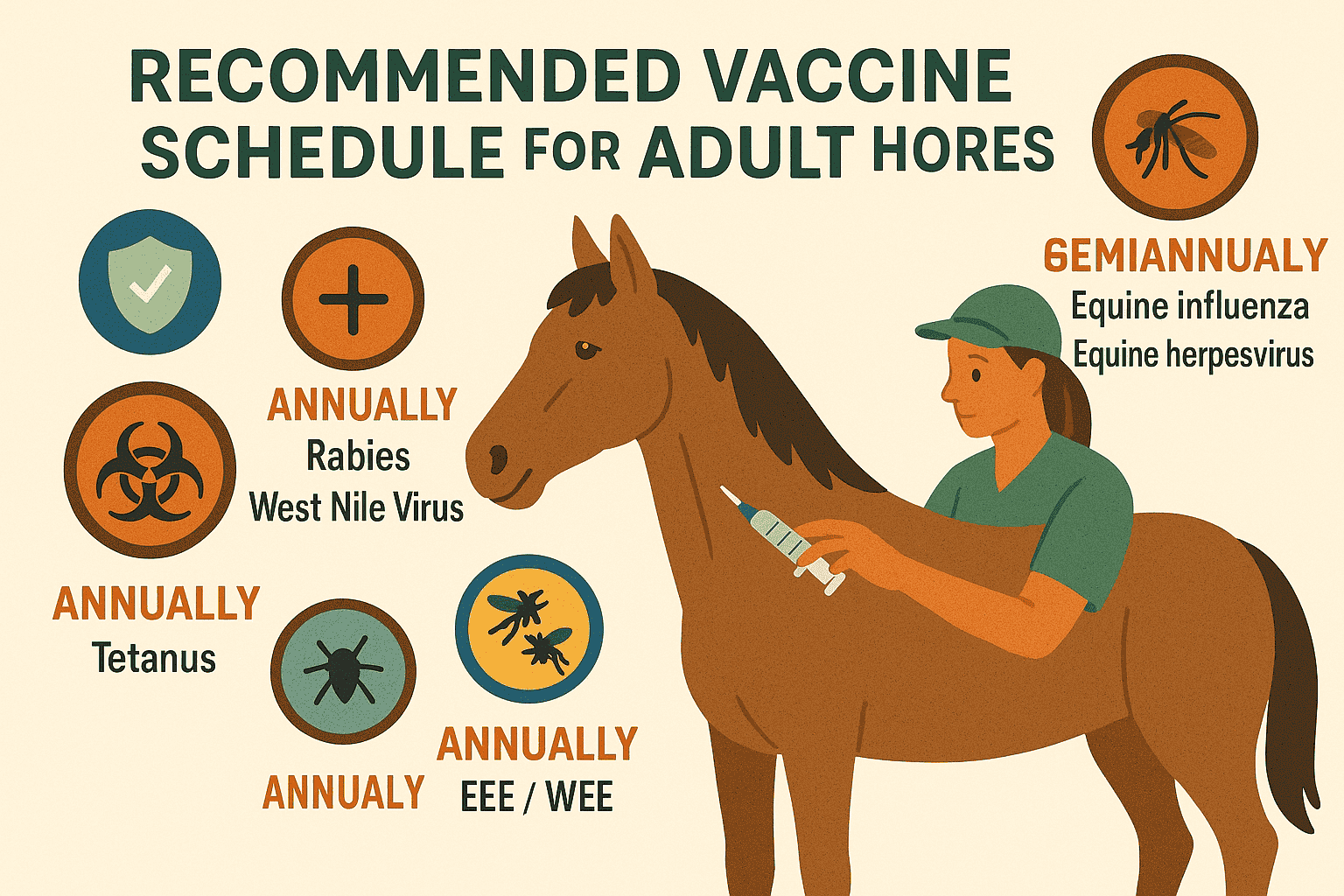

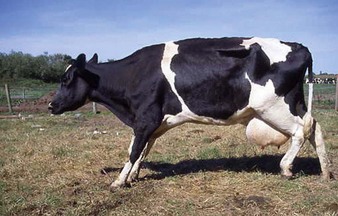
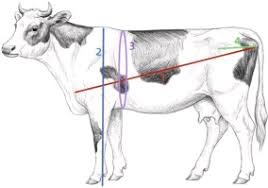
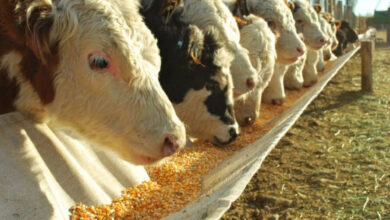
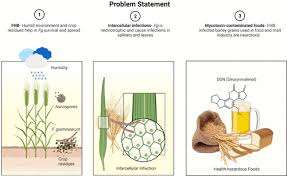
dyp7o2
Hey there!
Welcome to Moviezhive.com, where blockbuster entertainment is just a click away!
Stream a vast collection of Bollywood, Hollywood, and international movies for free—no subscriptions, no hassles.
What Makes Us Special?
✔️ Thousands of movies across all genres
✔️ Zero pop-up ads for seamless viewing
✔️ Advanced zero-buffering tech for smooth playback
✔️ Fresh titles added regularly
Can’t find a movie? Request it, and we’ll upload it fast!
Watch anytime, anywhere. Visit https://moviezhive.com now and start your movie adventure!
Enjoy the Show,
The Moviezhive Team
Good shout.